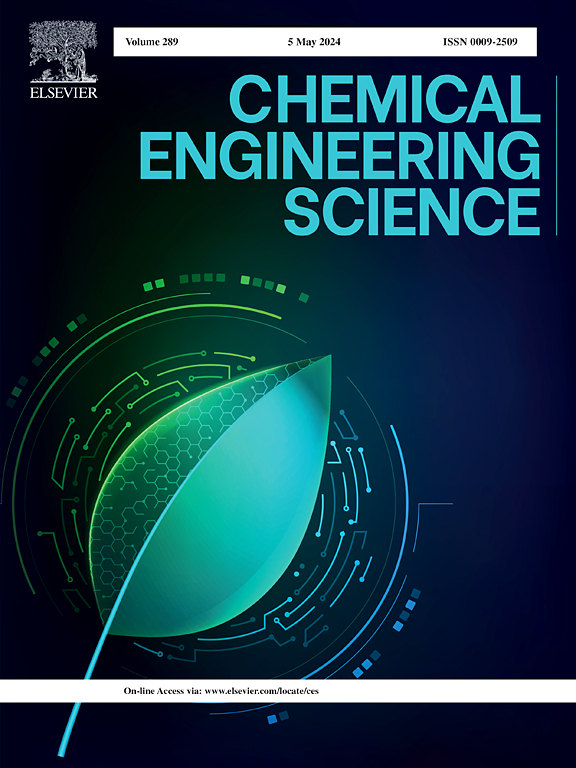Unlocking enhanced productivity of tailored TFC-NF polyamide membranes via post physico-chemical structuring
IF 4.1
2区 工程技术
Q2 ENGINEERING, CHEMICAL
引用次数: 0
Abstract
The TFC-NF membrane, a low-pressure filtration technology, is recognized for its ion rejection and hydrophilic properties, making it ideal for wastewater treatment and low-brackish hard water. This study introduces a solvent activation method, where ideal aprotic solvents like DMSO (dimethyl sulfoxide) and DMF (dimethylformamide) are absorbed into the membrane’s active layer. This approach achieved a remarkable ∼ 15-fold increase in permeate flux. Post-activation, the molecular weight cut-off (MWCO) of the membranes was analyzed, revealing a sequence of DMSO (MWCO: 385 g.mol−1) > DMF (MWCO: 370 g.mol−1) = DMF:DMSO (MWCO: 370 g.mol−1) > Pristine (MWCO: 350 g.mol−1), aligning with solvent swelling degrees. Comprehensive physio-chemical characterization, using SEM, AFM, XPS, contact angle analysis, MWCO determination, and zeta potential measurements, highlighted correlations between membrane structure and transport properties. These findings underscore how polar aprotic solvent activation can significantly enhance membrane performance, advancing efficient water treatment technologies.


通过后物理化学结构解锁定制TFC-NF聚酰胺膜的提高生产率
TFC-NF膜是一种低压过滤技术,因其离子过滤和亲水性而被公认,是污水处理和低微咸硬水的理想选择。本研究介绍了一种溶剂活化法,将DMSO(二甲亚砜)和DMF(二甲基甲酰胺)等理想的非质子溶剂吸收到膜的活性层中。该方法显著提高了渗透通量 ~ 15倍。激活后,分子量截止(MWCO)的膜进行了分析,揭示一系列DMSO (MWCO: 385 g.mol−1) 祝辞 DMF (MWCO: 370 g.mol−1) = DMF: DMSO (MWCO: 370 g.mol−1) 祝辞 原始(MWCO: 350 g.mol−1),溶剂肿胀度看齐。通过SEM、AFM、XPS、接触角分析、MWCO测定和zeta电位测量等综合理化表征,强调了膜结构与输运性质之间的相关性。这些发现强调了极性非质子溶剂活化如何显著提高膜性能,推进高效水处理技术。
本文章由计算机程序翻译,如有差异,请以英文原文为准。
求助全文
约1分钟内获得全文
求助全文
来源期刊

Chemical Engineering Science
工程技术-工程:化工
CiteScore
7.50
自引率
8.50%
发文量
1025
审稿时长
50 days
期刊介绍:
Chemical engineering enables the transformation of natural resources and energy into useful products for society. It draws on and applies natural sciences, mathematics and economics, and has developed fundamental engineering science that underpins the discipline.
Chemical Engineering Science (CES) has been publishing papers on the fundamentals of chemical engineering since 1951. CES is the platform where the most significant advances in the discipline have ever since been published. Chemical Engineering Science has accompanied and sustained chemical engineering through its development into the vibrant and broad scientific discipline it is today.
 求助内容:
求助内容: 应助结果提醒方式:
应助结果提醒方式:


